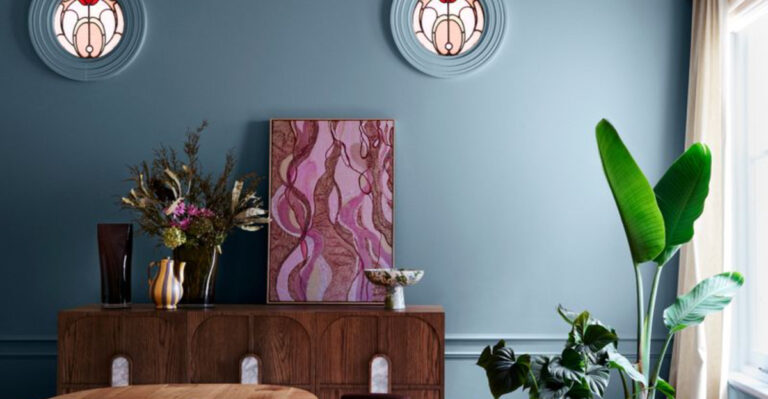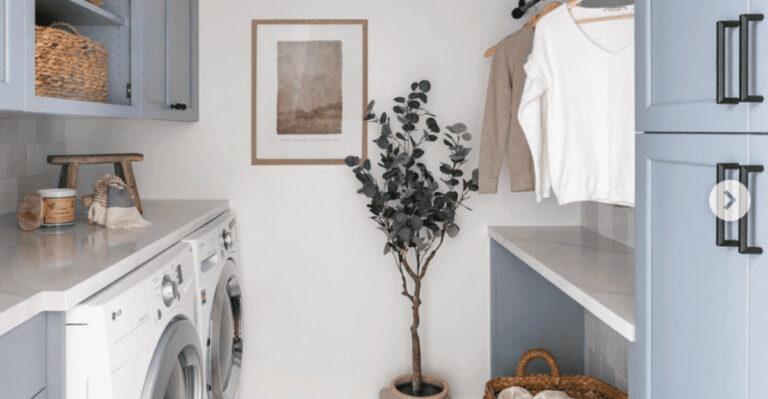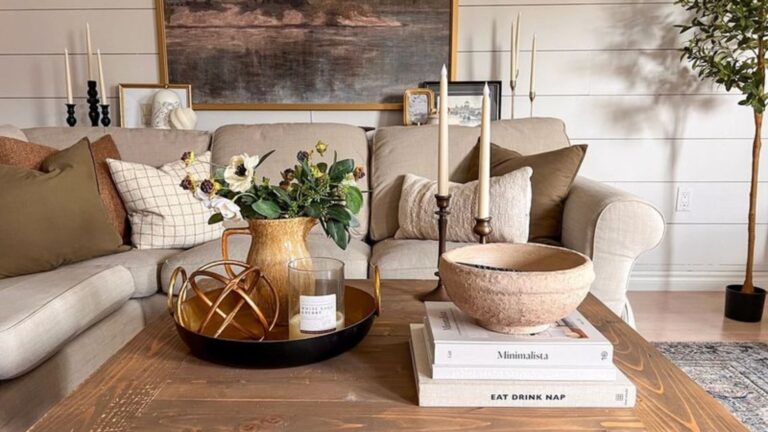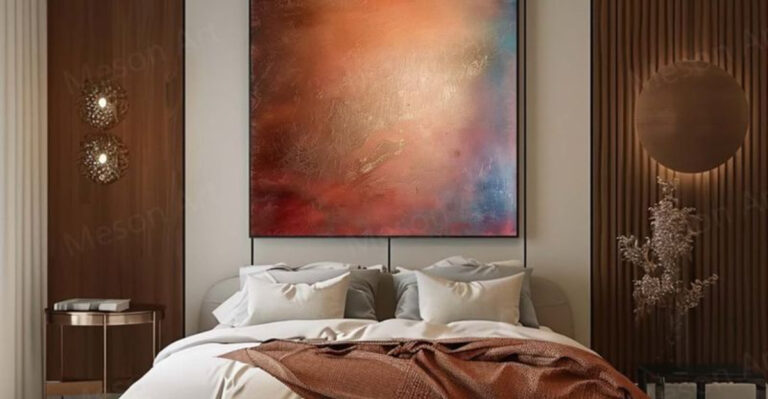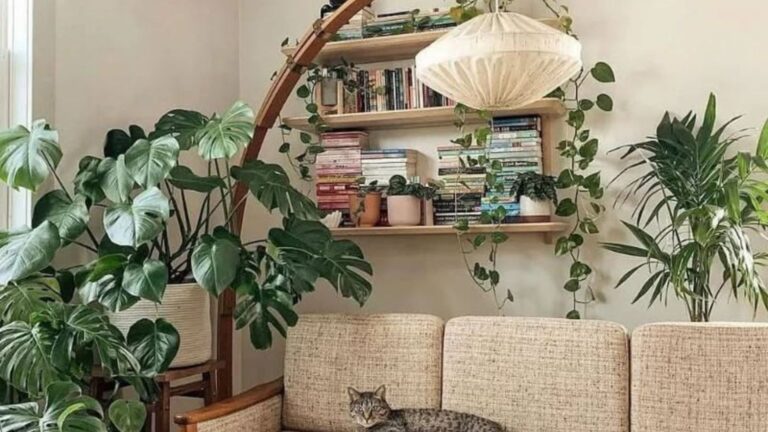15 Outdated Home Trends Experts Say Will Boost Property Appeal In 2025 Plus 5 Total Scores
Remember those home design elements everyone rushed to rip out just a few years ago? Well, hold onto your paintbrushes because the design world is doing a complete 180!
Real estate experts are now predicting that several once-dismissed trends are making triumphant comebacks in 2025, potentially adding significant value to your property.
Let’s explore these formerly ‘dated’ features that might just become your home’s selling points.
1. Wood Paneling Gets a Modern Makeover
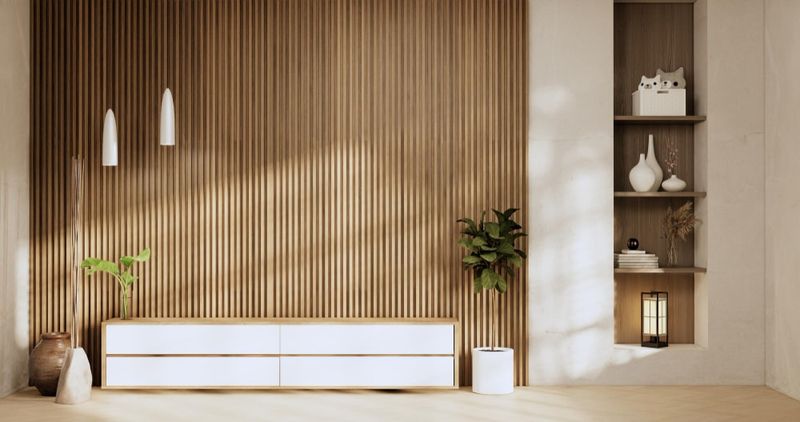
Gone are the days when wood paneling screamed ’70s basement rec room. The warmth and texture of vertical wood slats are creating statement walls in contemporary homes.
Designers are embracing lighter woods like oak and pine with natural finishes rather than the dark, glossy versions of yesteryear. This revival adds architectural interest while maintaining a connection to nature that buyers increasingly crave.
2. Terrazzo Makes a Triumphant Return
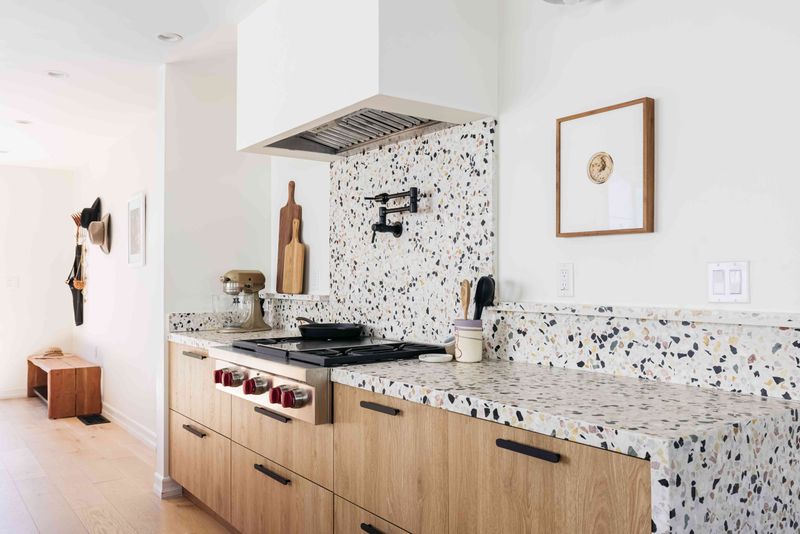
What once adorned mid-century institutional buildings is now the darling of high-end renovations. Terrazzo’s speckled personality brings playful sophistication to countertops, flooring, and even decorative elements.
Modern manufacturing techniques have made this composite material more affordable and customizable than ever. Homebuyers are gravitating toward its durability and the way it incorporates recycled materials for sustainability-conscious appeal.
3. Wallpaper Breaks Free From Its Stuffy Past

Forget your grandmother’s fussy floral patterns! Today’s wallpaper offers dramatic large-scale designs, textural elements, and even interactive features like scratch-and-sniff or color-changing properties.
Homeowners are using bold wallpaper as art installations rather than room-wide applications. A single statement wall can transform a space instantly, providing personality without commitment—exactly what younger homebuyers are seeking in their potential properties.
4. Conversation Pits Create Social Spaces
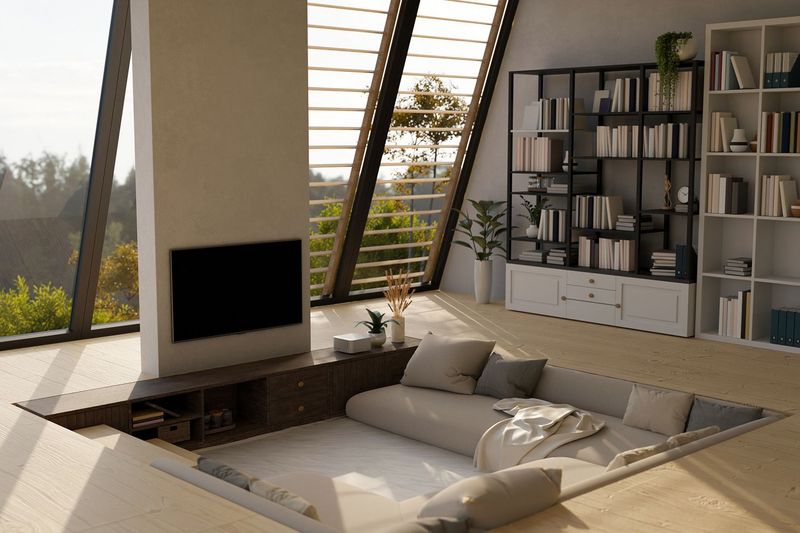
Imagine stepping down into a cozy, sunken living area designed specifically for face-to-face interaction. Conversation pits, those retro architectural features from the ’60s and ’70s, are making a stunning comeback.
With our increasingly digital lives, people are prioritizing spaces that foster genuine connection. These intimate, built-in seating arrangements satisfy the growing desire for dedicated gathering spaces while adding architectural interest that bland, open-concept designs often lack.
5. Colored Bathroom Fixtures Splash Back
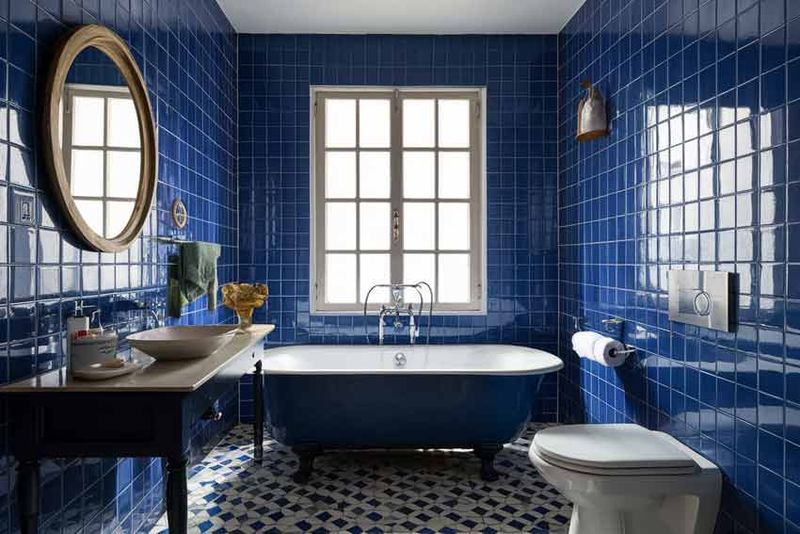
Remember those avocado green toilets everyone couldn’t wait to rip out? While we’re not returning to those exact shades, bathroom fixtures in carefully curated colors are gaining serious momentum.
Matte black, navy blue, and even soft pastels are replacing clinical white fixtures. This revival speaks to a broader rejection of sterile minimalism in favor of personality-filled spaces. Designers note that colored fixtures in thoughtful applications can increase a bathroom’s perceived luxury factor.
6. Shag Carpeting Gets a Sophisticated Upgrade
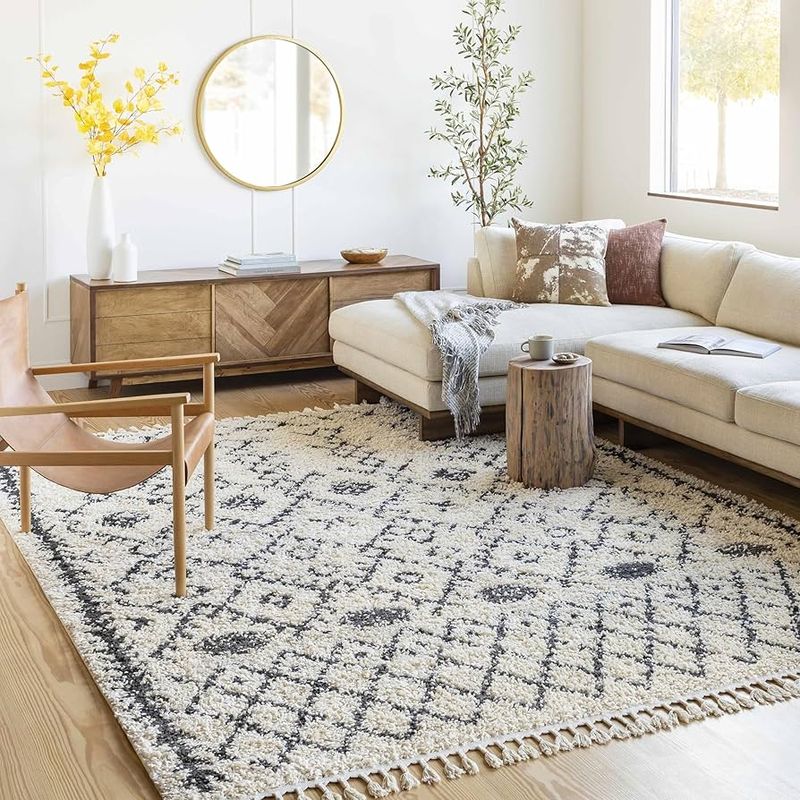
Luxurious underfoot sensation is making a major comeback! The much-maligned shag carpet of the ’70s has evolved into something altogether more refined and appealing to today’s discerning homebuyer.
Modern versions feature varied pile heights, sustainable materials, and sophisticated neutral palettes. Rather than wall-to-wall application, designers are using high-end area rugs to define spaces within open floor plans, adding warmth and acoustic benefits that hardwood alone can’t provide.
7. Exposed Brick Walls Reveal Historical Charm
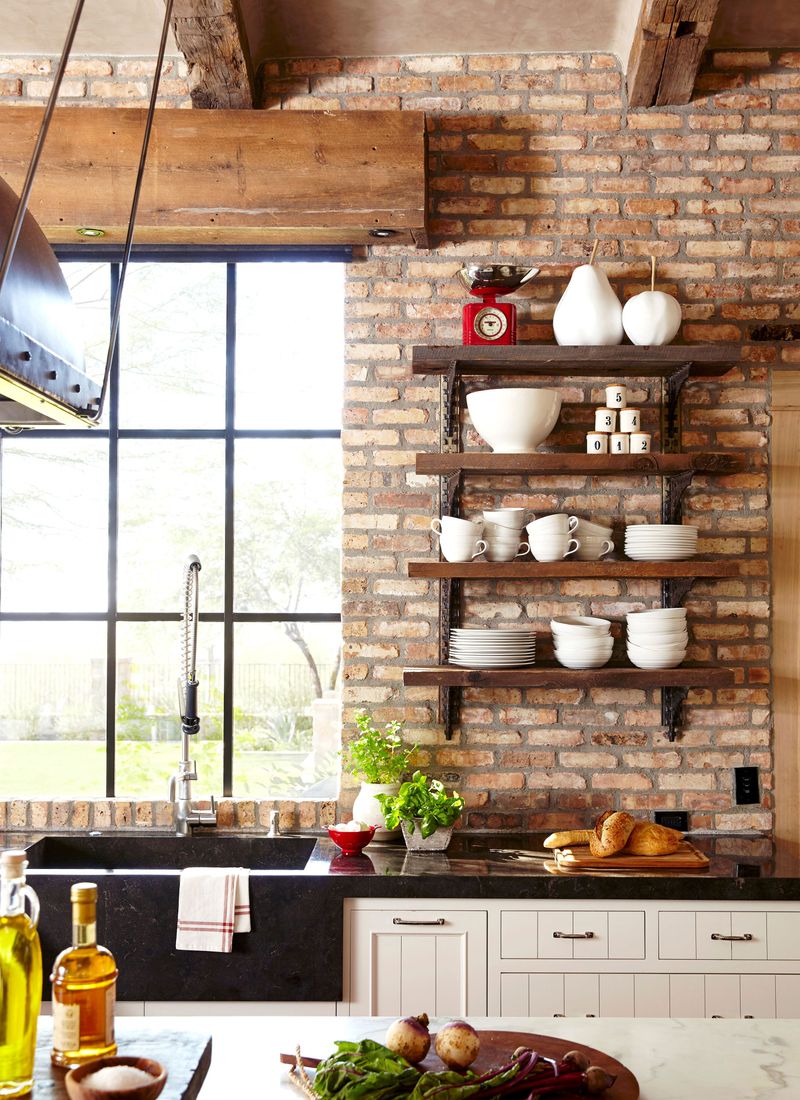
Covering up exposed brick was once considered essential for a “finished” look, but the industrial-chic aesthetic has completely reversed this thinking. The texture, color variation, and historical connection provided by exposed brick now commands premium prices.
Properties with authentic architectural elements tell a story that new builds simply can’t match. In 2025, we are expected to pay significantly more for homes that preserve these character-rich features rather than hiding them behind drywall.
8. Brass Fixtures Shine in New Applications
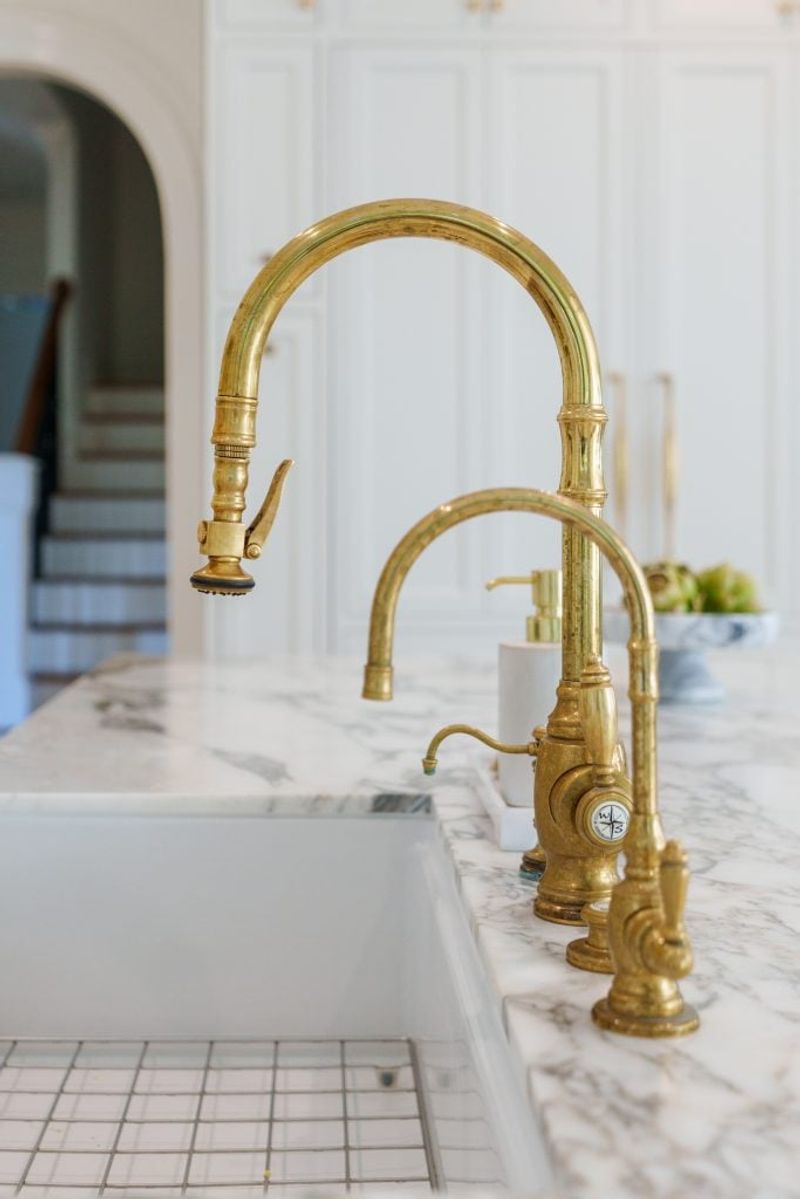
After decades of chrome and brushed nickel dominance, warm metallic finishes are experiencing a renaissance that shows no signs of slowing. Brass fixtures, once considered dated, now signal sophisticated taste.
Unlike the shiny lacquered brass of the ’80s, today’s versions feature living finishes that develop patina over time. This evolution celebrates the natural aging process rather than fighting it—a philosophy that resonates with homebuyers seeking authenticity and craftsmanship.
9. Sunken Bathtubs Create Spa-Like Retreats

While the jetted jacuzzi tub fell from favor, the concept of the sunken bathtub is being reimagined for modern luxury. Think Japanese soaking tubs or minimalist concrete forms built directly into bathroom floors.
These architectural bathing vessels transform routine hygiene into ritualistic self-care. Real estate experts note that wellness-focused bathroom features deliver among the highest ROI for renovations, with sunken tubs becoming particularly desirable for their Instagram-worthy aesthetic.
10. Linoleum Flooring Gets an Eco-Friendly Rebrand

You might associate linoleum with outdated kitchens, but this truly sustainable material (made from linseed oil and natural ingredients) is experiencing a major reputation rehabilitation. Environmental consciousness is driving its comeback.
Today’s linoleum comes in sophisticated patterns and colors that mimic higher-end materials. Antibacterial properties, durability, and biodegradability stand out as key advantages over vinyl, making it a premium pick for eco-conscious renovations.
11. Stained Glass Inserts Add Artistic Flair

Far from their church-window associations, contemporary stained glass elements are bringing custom artistry back into residential architecture. These colorful accents create privacy while maintaining light flow—perfect for urban homes.
Modern applications include subtle door inserts, kitchen cabinet panels, or small window treatments. The handcrafted nature of stained glass speaks to the growing premium placed on artisanal elements in home design, with buyers willing to pay more for these unique architectural details.
12. Room Dividers Create Flexible Spaces
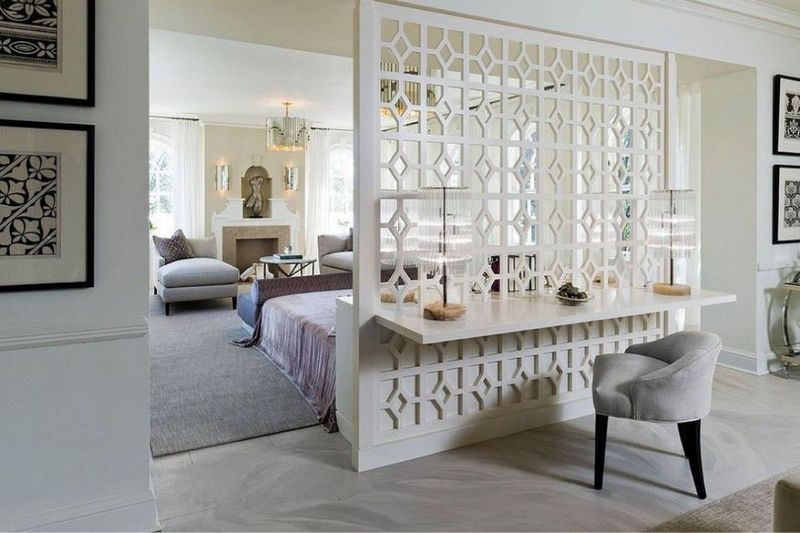
After decades of knocking down walls for open concept living, the pendulum is swinging back toward defined spaces. Architectural room dividers—from decorative screens to built-in shelving units—are creating visual separation without sacrificing flow.
The pandemic permanently changed how we use our homes, with dedicated spaces for work, exercise, and relaxation becoming essential. Properties offering this balance of openness and definition are projected to command higher prices as buyers seek homes that can adapt to life’s changing demands.
13. Ornate Ceiling Medallions Add Architectural Interest

Once considered fussy Victorian relics, decorative ceiling medallions are making a spectacular comeback as homeowners seek architectural details that distinguish their spaces. These plaster ornaments frame light fixtures while drawing the eye upward.
Contemporary interpretations range from traditional floral patterns to geometric Art Deco-inspired designs. Real estate professionals report that these relatively inexpensive additions create high-impact visual interest that photographs beautifully in listings—a crucial factor in today’s digital-first property market.
14. Colorful Kitchen Cabinets Replace All-White
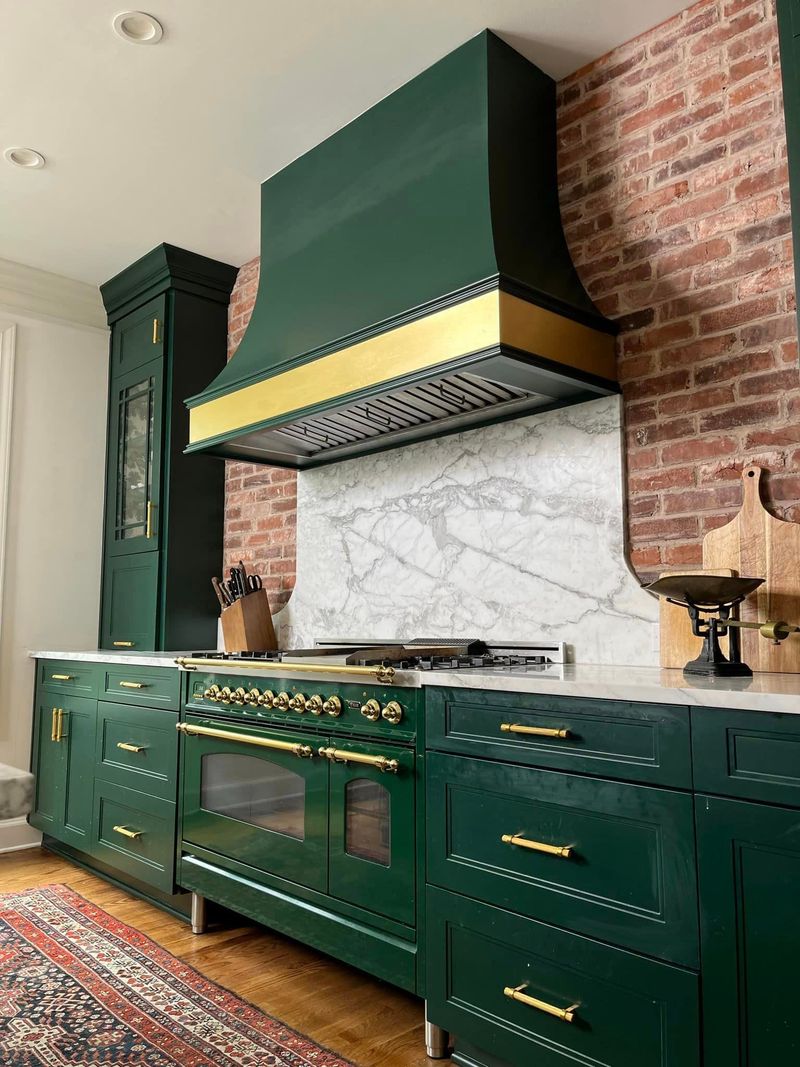
The reign of the all-white kitchen is officially over! Bold cabinet colors—from deep blues and greens to sunny yellows—are bringing personality back to the heart of the home after years of clinical whiteness.
Painted cabinets create emotional connection and memorable impact in property listings. Designers note that while white kitchens quickly show wear and feel anonymous, thoughtfully colored cabinetry tells a story about the home and its inhabitants—exactly the kind of narrative that helps properties sell faster.
15. Arched Doorways Frame Elegant Transitions
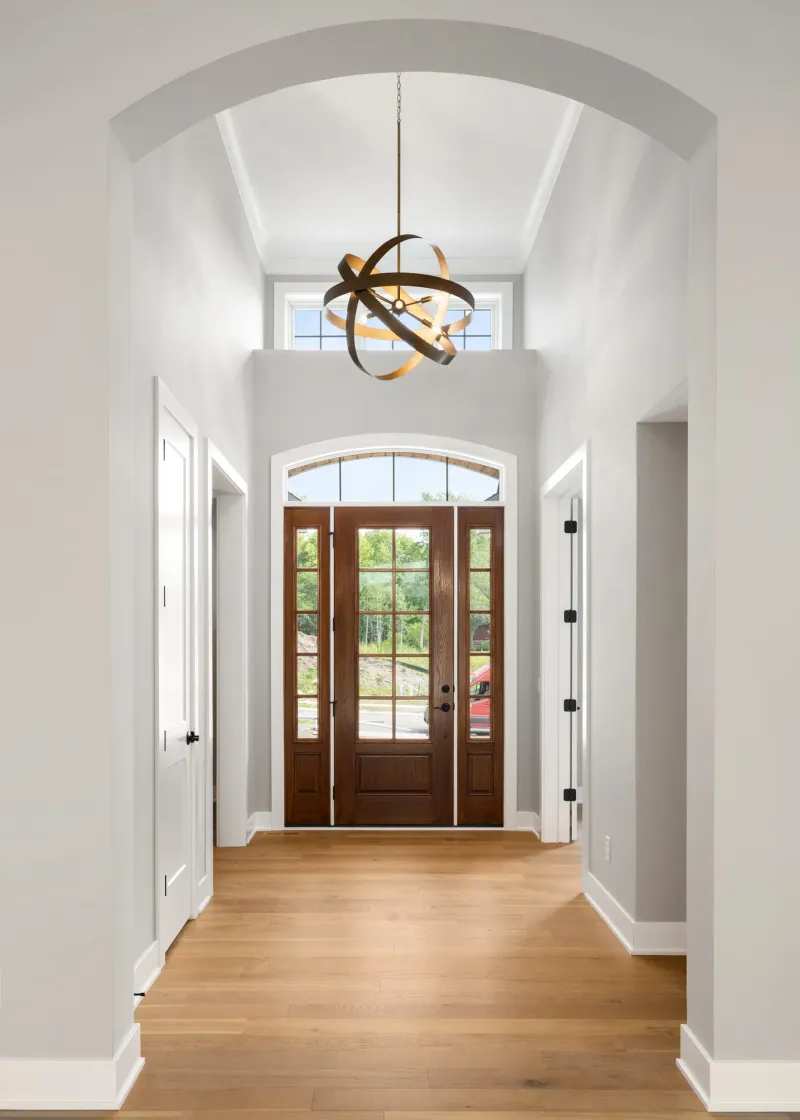
Square doorways have dominated modern construction for decades, but the gentle curve of an arch is once again being recognized for its timeless appeal and the way it softens transitions between spaces.
Whether in Mediterranean-inspired designs or minimal contemporary homes, arched doorways create a sense of intention and craftsmanship. This architectural feature photographs exceptionally well, creating frame-worthy vignettes that help potential buyers envision themselves within the space—a crucial emotional connection in the selling process.


